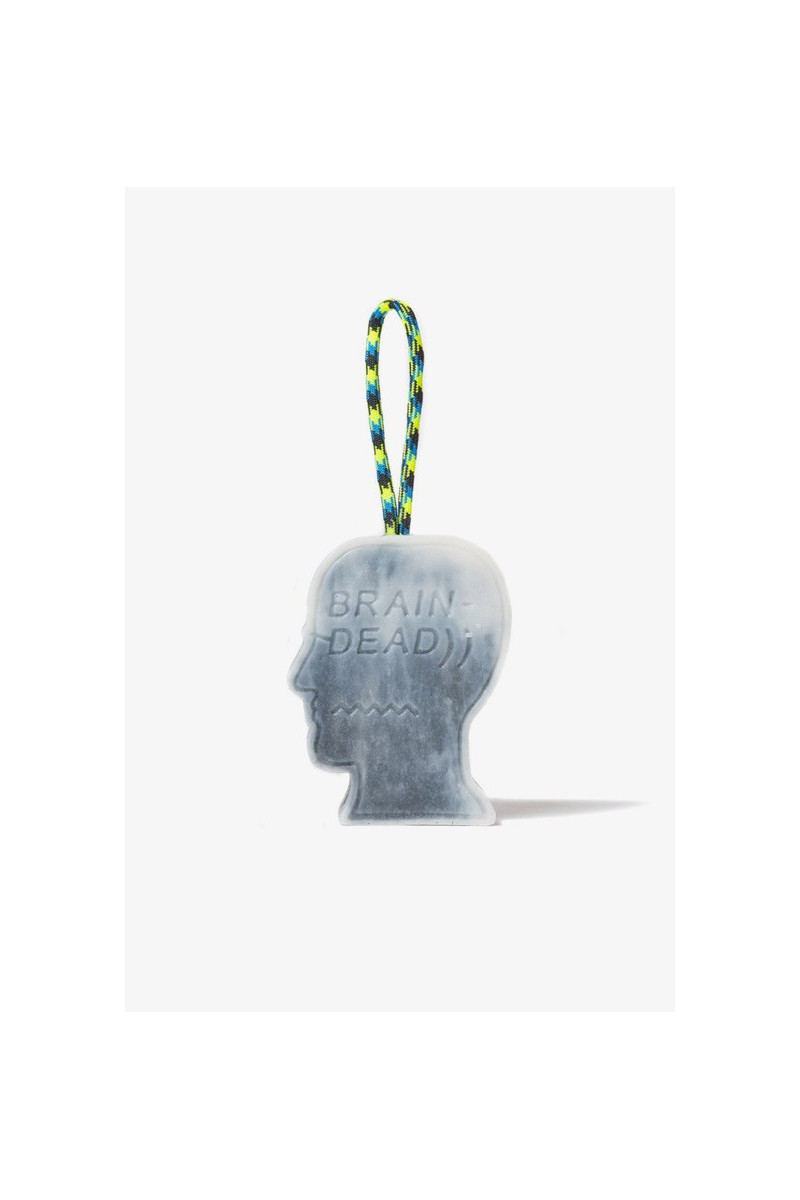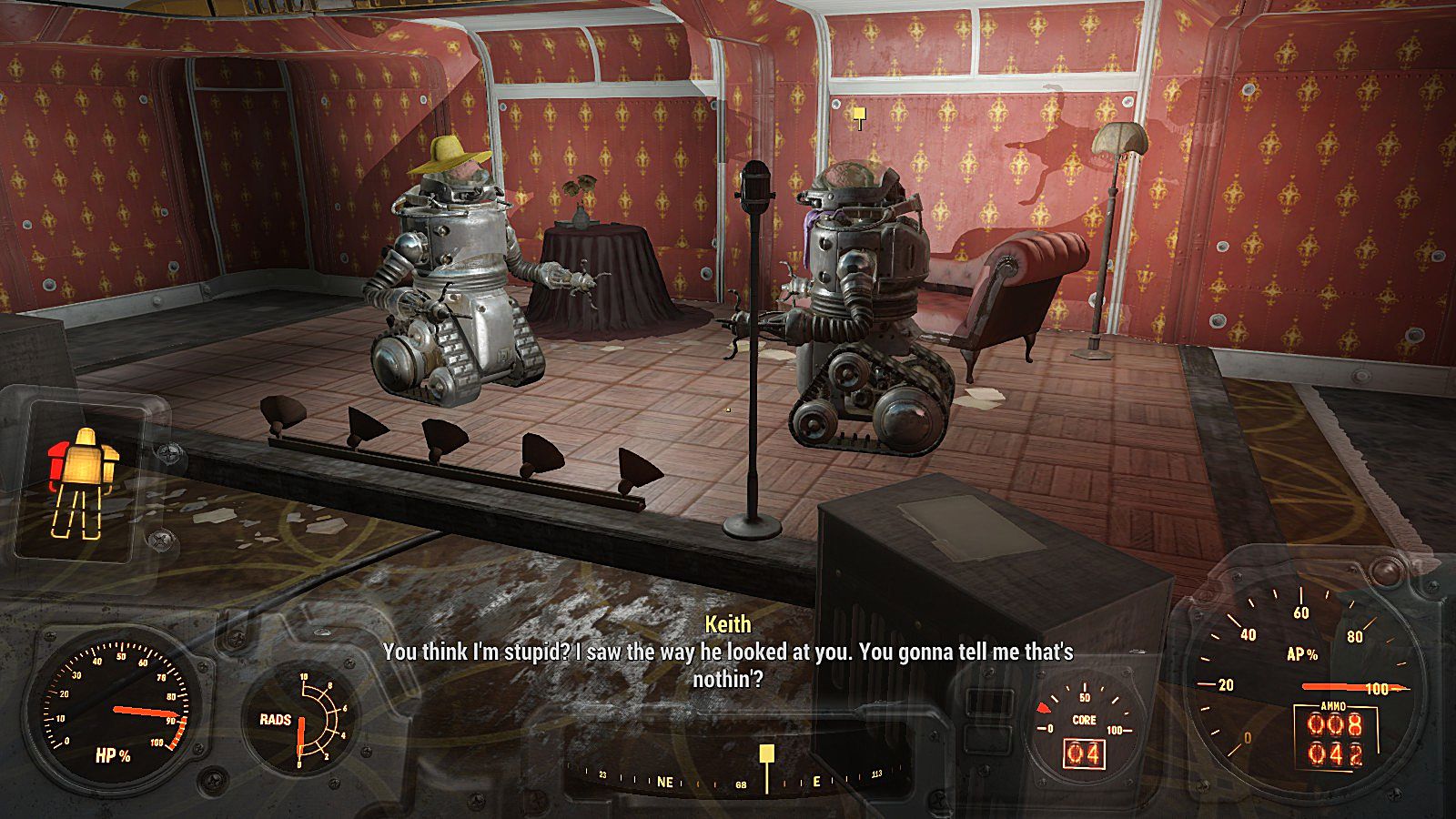

In late 2019, scientists at the National Oceanic and Atmospheric Administration (NOAA) embarked on “Mission: Iconic Reefs,” an effort to restore seven reef sites in the Florida Keys over the next 20 years.

But scientists are hoping to give Carysfort and six other reefs in the Great Florida Reef system a shot at a comeback. Photographs taken of the reef over the past 40 years illustrate how warming waters, pollution, overfishing, disease, and rising acidity levels have taken steep tolls on the ecosystem. Hundreds of species of fish, sharks, and dolphins darted through the reef while myriad invertebrates, like spiny lobsters and sea snails, clung to Carysfort’s various nooks and crannies and crawled through its lush plant and anemone life.īut today, Carysfort Reef is a bleached and disintegrating graveyard, a veritable shipwreck in the global coral crisis.

The reef was a vivid underwater forest and the backbone of a thriving marine ecosystem. Longley and photographer Charles Martin helped introduce coral reefs to landlubbers across the globe.īy the 1970s, Carysfort Reef had become a hot spot in the burgeoning sport diving industry, and for good reason. With their picture of a hogfish published in the July 1927 issue of National Geographic, botanist William H. Nearly a century ago, Carysfort Reef off the Florida Keys became the backdrop of the first-ever underwater color photograph. Alexander Neufeld/Coral Restoration Foundation™


 0 kommentar(er)
0 kommentar(er)
